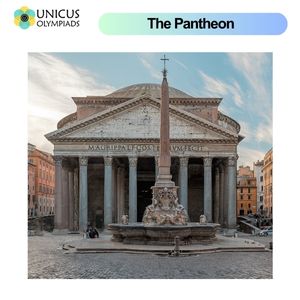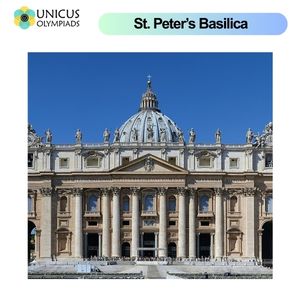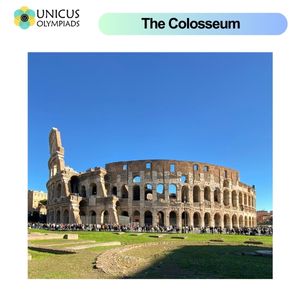

Architectural features such as domes and arches have long been used in the design of buildings, offering both functional and aesthetic advantages. These structural elements are not only visually striking but also represent engineering feats that have stood the test of time. In this article, we will explore the importance and influence of domes, arches, and other significant architectural features that make buildings special, along with examples from different periods and cultures.
A dome is a curved, hemispherical structure that is typically placed over a building to cover a large space. Domes are often used in the construction of religious buildings, government structures, and cultural monuments. The design of a dome helps distribute weight evenly across its surface, allowing for the creation of large, open interiors without the need for supporting columns or walls.
Domes have been used in architecture for thousands of years, with ancient civilizations employing the technique to build large and impressive structures. The Romans were particularly skilled in the use of domes, employing innovative techniques in the construction of iconic buildings such as the Pantheon in Rome. The Pantheon, built in 125 AD, features one of the largest unreinforced concrete domes in the world, and it remains a model of engineering and design.



Domes are special due to their structural and symbolic significance. Structurally, they allow for vast, column-free interiors, creating a sense of openness and grandeur. Symbolically, domes have often been used to represent the heavens or divine presence, making them prominent in places of worship and public buildings. The use of domes also demonstrates the advanced engineering techniques developed by ancient civilizations.
An arch is a curved structure that spans an opening, typically made from stone, brick, or concrete. Arches are used to support the weight of a building, allowing for larger openings in walls and ceilings. They are one of the oldest and most versatile architectural features and have been used in the construction of bridges, doorways, and windows for thousands of years.
The arch has its origins in ancient Mesopotamia, but it was perfected by the Romans. The Romans used arches extensively in their architecture, especially in the construction of bridges, aqueducts, and monumental structures like the Colosseum and the Roman Forum. The arch’s ability to bear heavy loads while creating large, open spaces made it an essential element of Roman engineering.



Arches are special because they combine both form and function. Structurally, they allow for the creation of larger openings and support heavier loads than a flat beam would. Aesthetically, arches create a sense of grace and elegance, and their repeated use in classical architecture has made them symbolic of strength, stability, and beauty. Arches are also incredibly versatile and have been adapted for use in a variety of structures, from bridges to gateways to religious buildings.
In modern architecture, domes and arches continue to play a significant role in the design of buildings. Contemporary architects have adapted these traditional features in innovative ways, creating structures that are both functional and visually striking. For example, the Sydney Opera House in Australia features an iconic design based on a series of interlocking shells that resemble a combination of domes and arches. The design represents the fusion of traditional elements with modern engineering.
The flying buttress is another key architectural feature that emerged in Gothic architecture, particularly in cathedrals like Notre-Dame de Paris and Chartres Cathedral in France. These external supports allowed walls to be thinner and higher, making room for large stained glass windows. The flying buttress helped create the characteristic soaring ceilings and expansive windows of Gothic cathedrals, allowing light to fill the interior space and creating a sense of divine presence.
In modern architecture, new features like glass facades, steel frames, and eco-friendly designs have become prominent. The Burj Khalifa in Dubai, for example, combines modern materials with a sleek, tapering design to create the world’s tallest building. Skyscrapers often use large glass windows that allow for panoramic views and integrate sustainable features like energy-efficient designs and green spaces.
Features like domes and arches are important because they represent groundbreaking advances in structural engineering. They allowed ancient and medieval civilizations to build large, open spaces and create iconic landmarks that still stand today. These features demonstrate the ingenuity of early architects and engineers and their ability to overcome practical challenges in construction.
Architectural features like domes and arches often carry cultural and symbolic significance. Domes are frequently used in places of worship to symbolize the heavens, while arches often represent strength and endurance. These features have been used to communicate religious beliefs, political power, and cultural identity throughout history.
Domes, arches, and other architectural features also contribute to the aesthetic appeal of buildings. Their graceful lines, symmetrical shapes, and use of light create visually stunning structures that have inspired artists, architects, and designers for centuries. These features help transform functional buildings into iconic landmarks that define city skylines and national identities.